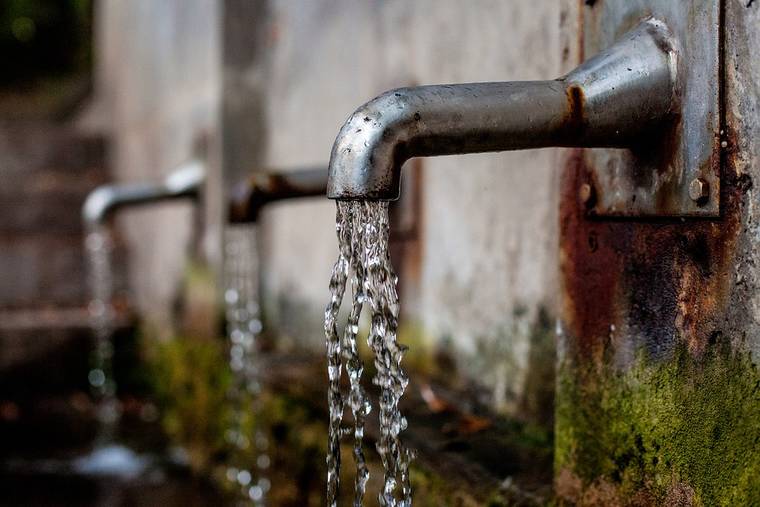The public will be able to weigh in Oct. 21 on an average 13% increase in island water rates, following action Tuesday by the county Water Board.
The 6 p.m. public hearing will be held via web conferencing with connection details to be announced later.
The board voted unanimously to forward a plan to public hearing that assumes a 3.5% decrease in consumption because of a depressed COVID-19 economy, plus an increase in bad debt of 1.5% in 2021 and 3% in 2022.
The proposed hike translates into a $5.06 increase in monthly bills for a household on a 5/8-inch meter, the smallest, using 12,000 gallons. That’s 8% higher than the existing bill, said consultant Ann Hajnosz of Harris & Associates.
Households using more water would see higher increases, as the rates increase as water consumption rises.
The proposed rate increase comes on the heels of an 11 cent increase per 1,000 gallons to the power cost charge approved in July that went into effect Aug. 1. That equates to an extra $1.32 per month for a family using 12,000 gallons.
The facilities charge, a hookup fee for new connections that was last increased in 2003, will increase 11%. For a 5/8-inch meter the rate will go to $5,500. That money, less than $2 million annually, is used to increase capacity of the system, not to maintain existing infrastructure.
“We’re looking at different pots of funding,” Hajnosz said. “We don’t mix the pots.”
The rates, if approved by the board after the public hearing, will be set for 12 months. Hajnosz said she’ll be back with recommendations for 2022 later next year.
The increases may not be popular, board member David De Luz Jr. acknowledged.
“No matter what it is or what it isn’t, it will cause some push-back,” he said.
He suggested board members and the management assure utility customers that those in financial straits and unable to pay their bills can work out payment plans with the department.
“We’re not inhuman,” he said.
In addition to the rate hike, utility management plans to cut 2% from its operations and maintenance budget by cutting vacant funded positions. The plan trims the utility’s operating reserves to 47 days, compared to the goal of 60 days.
The board decided against deferring the $2 million pension fund payment.
The water bill includes an energy charge, a water consumption charge, a set standby charge and a power cost charge that fluctuates with the price of electricity. The water department, a semi-autonomous agency, doesn’t get tax dollars but is funded by charges for its water service.



